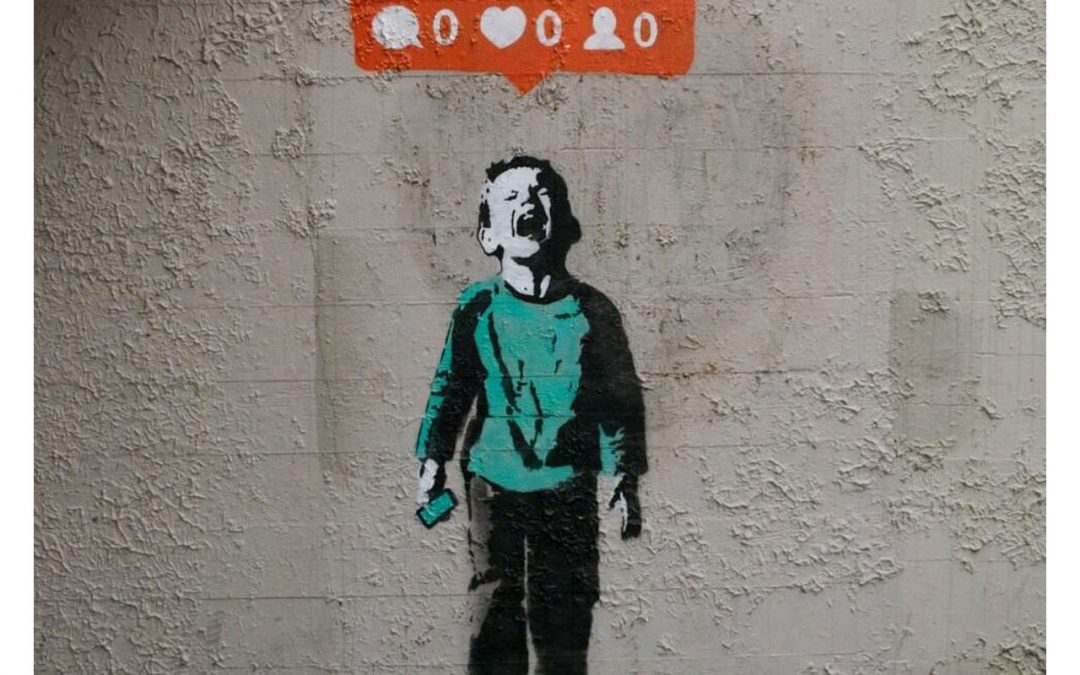By Barbra Drizin
Most clients who come to me have at least a passing familiarity with the major social media platforms—Facebook, Instagram, LinkedIn, and Twitter. You may be posting, updating, and tweeting regularly, but until you understand how to maximize their potential, you won’t be getting the most benefit for your time and effort.
Registering for a social media account it easy: making your platforms work and achieving results is hard work.
My first rule for clients is “build and furnish one house at a time.” In other words, learn to use one platform to its optimum potential, and use it consistently (the key). A practical understanding ensures a solid foundation. But even before you begin (and I usually suggest thoroughly learning the ins and outs of Facebook first), you must analyze who you are, who your audience is, and what your objectives are.
Take some time to assess who you are and what do you want to be known for. This can be a very simple mission statement of a paragraph or two; possibly you can even pick this up from your own website. (“I’m a painter who works in the tradition of shaped geometric canvases….”) Next think of keywords that will help identify your work—painting, pastels, contemporary art, bright colors, geometric art, shaped canvases, relief sculptures. These are words that will be used on future platforms and help define you and your audience.
Your statement can include other services you offer: original posters, cards, and prints, for example. Do you also do coaching or give classes?
Lastly, include in your statement the demographics of your target audience. Who is most likely to buy your work? Where do they live? How do you envision your ideal client? (Male or female, young and ambitious, or older and well-established?) Where are they most likely to live? In Europe, Asia, or the U.S.? What states?
After you’ve got something in writing—and this needn’t be hugely polished—take some time to cruise Facebook and see what your peers are posting. What kinds of visuals and statements are pulling in the most “likes” and comments? Can you analyze what makes these successful? Are they short or long? What kind of photos seem to exert the most pull? Pictures of the artist at an opening? Good-quality images of the work? What inspires comments? (And notice that a long string of comments encourages others to join in…and sometimes a little controversy is not such a bad idea.)
Once you’ve done this groundwork, you can begin to develop a content strategy. In future posts, we’ll cover the basics of educating, entertaining, exhibiting, and creating emotional pull.
The hour or two you spend here will lay the basis for moving smoothly across several platforms. But next we’ll step up to Facebook to see if you understand all the bells and whistles (and there are many!) that work to give you maximum exposure.
 Barbra Drizin is the founder of Start from Scratch Social Media. You can learn more about her and listen to an interview in this Vasari21 podcast. (And she’s still offering an introductory hour-long seminar at the discounted price of $129 to members.)
Barbra Drizin is the founder of Start from Scratch Social Media. You can learn more about her and listen to an interview in this Vasari21 podcast. (And she’s still offering an introductory hour-long seminar at the discounted price of $129 to members.)
